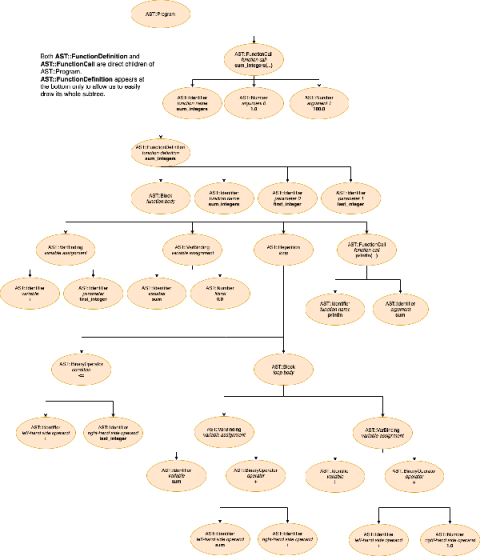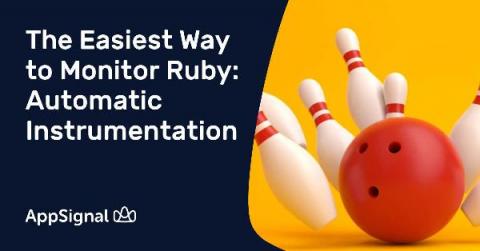Railway Oriented Programming In Rails Using Dry-Monads
It's not every day that you learn a new approach to error handling for Ruby. In this article, Abiodun walks us through a novel error-handling process called Railway Oriented Programming and shows us how to implement it with dry-rb's monads.











